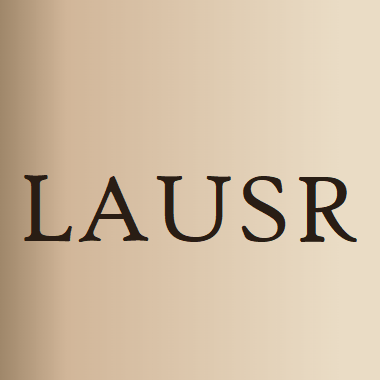
A relationship between the brain rhythmic activity and the hemodynamic response was studied using the simultaneous measurement of electroencephalogram (EEG) and the functional near-infrared spectroscopy (fNIRS) during a motor task… Click to show full abstract
A relationship between the brain rhythmic activity and the hemodynamic response was studied using the simultaneous measurement of electroencephalogram (EEG) and the functional near-infrared spectroscopy (fNIRS) during a motor task (self-paced right finger movements) for 10 subjects. An EEG recording with a 32-electrode (10-10) system was made and the hemodynamic response was obtained using 8 optodes placed over the sensorimotor cortex on both hemispheres. During the task an increase in oxyhemoglobine (HbO) was accompanied by a decrease in deoxyhemoglobine (HbR) concentration and a decrease in amplitudes (desynchronisation) of alpha (8–13 Hz) and beta (13–30 Hz) EEG rhythms. These phenomena were prominent in the hemisphere contralateral to the moving finger. The delays between the hemodynamic and electrophysiological variables were on average 2.8 s. Highly significant (p < 0.0001) negative Pearson correlations were found between HbO and alpha (r2 = −0.69) and HbO and beta (r2 = −0.54) rhythms. Positive correlations r2 = 0.5 between these rhythms and HbR were found.
Journal Title: Scientific Reports
Year Published: 2017
Link to full text (if available)
Share on Social Media: Sign Up to like & get
recommendations!